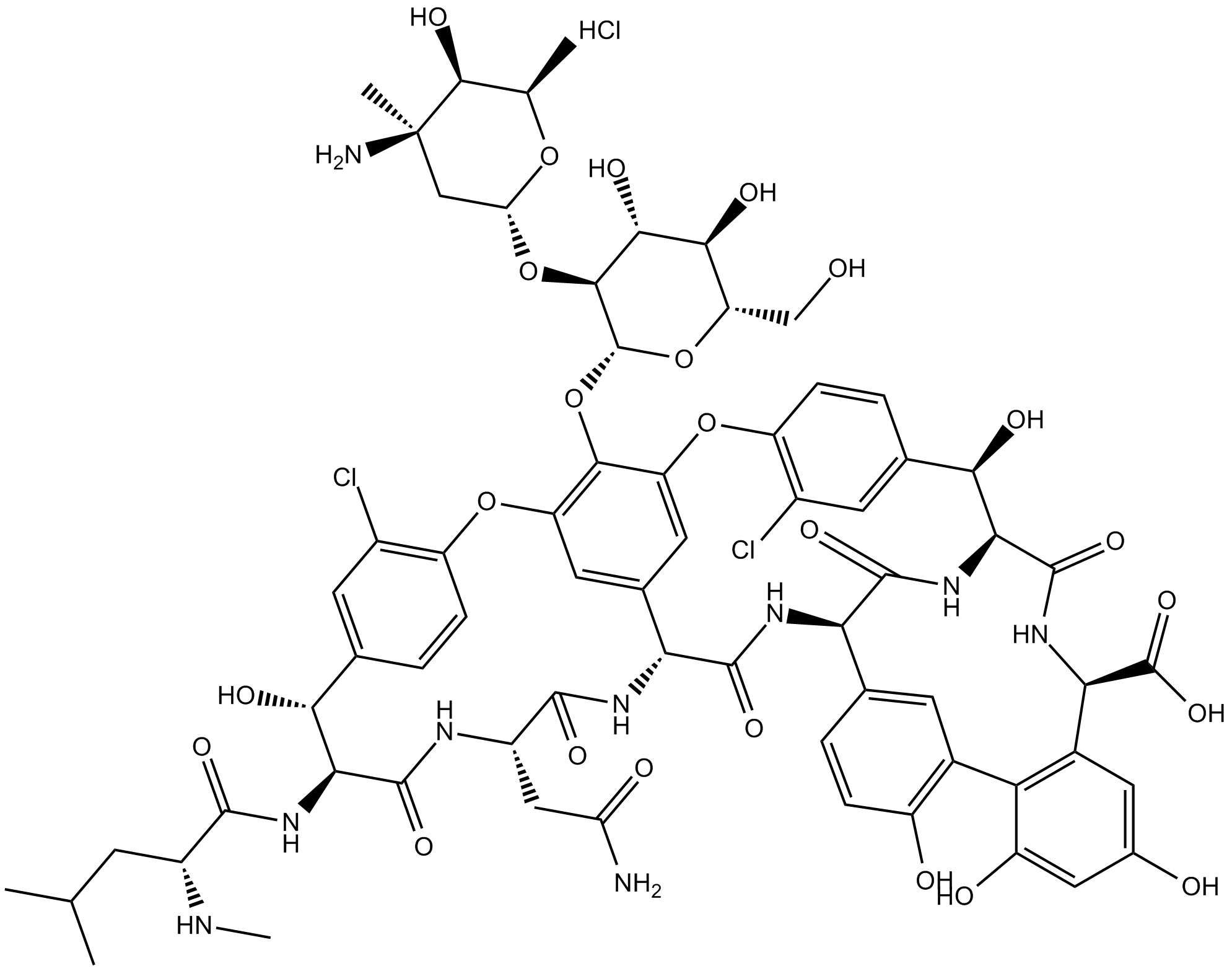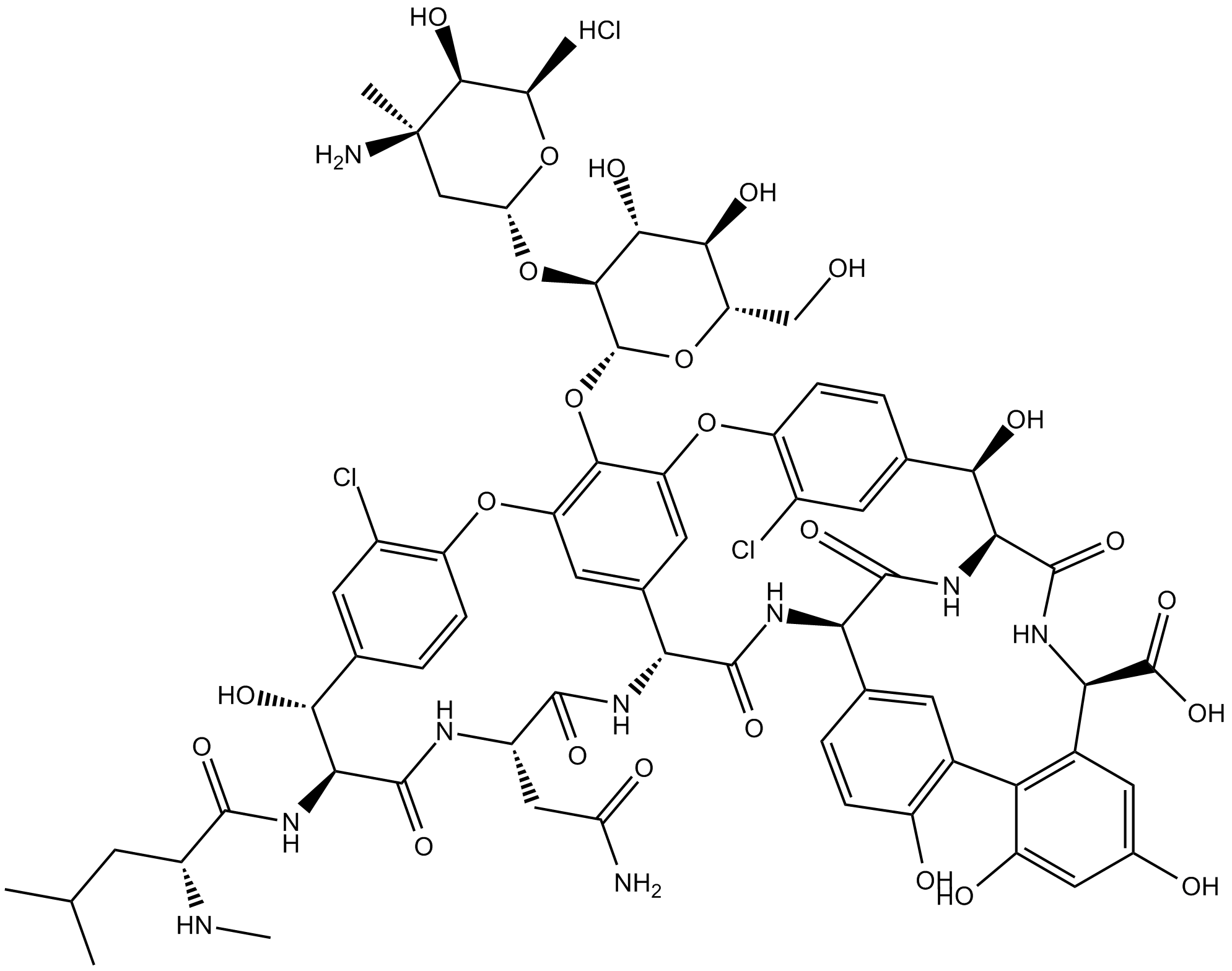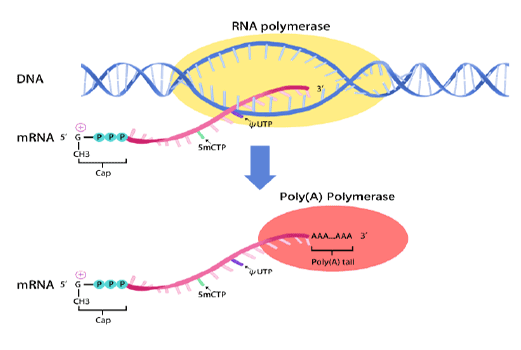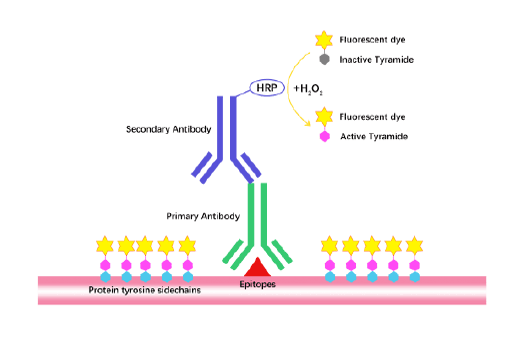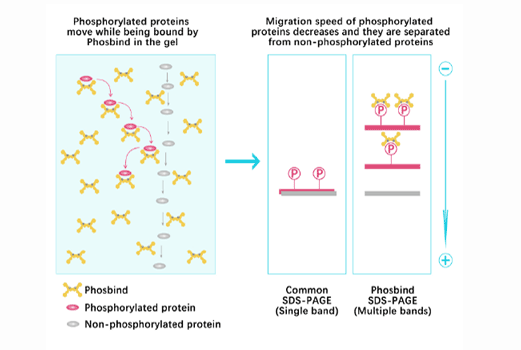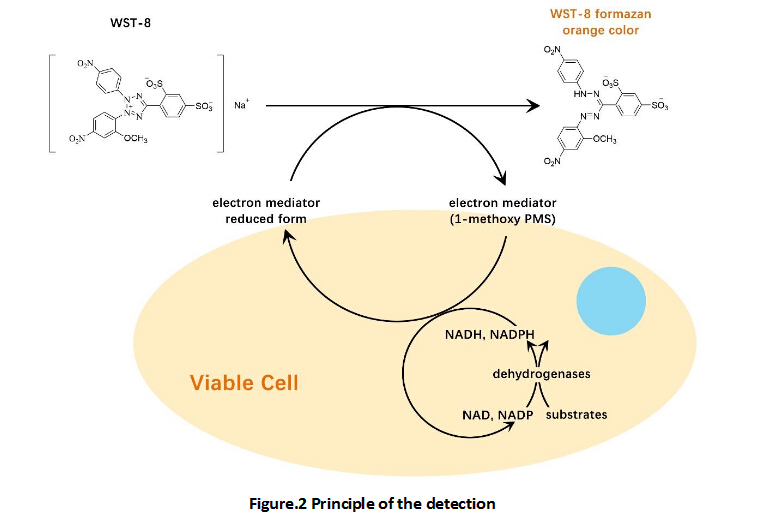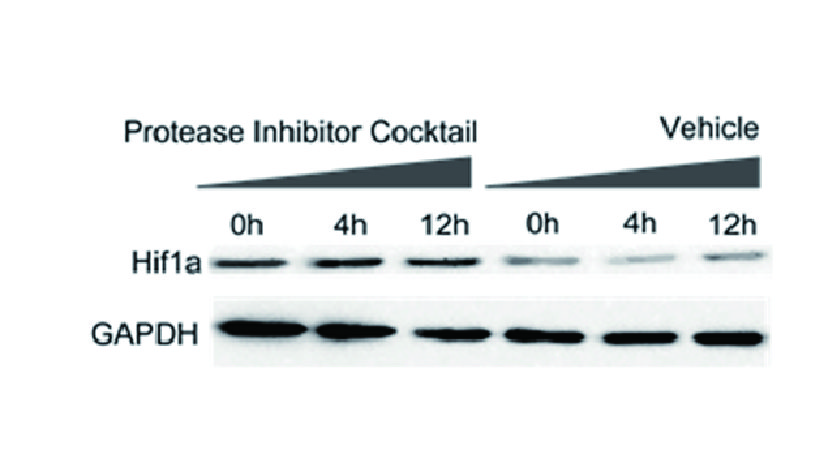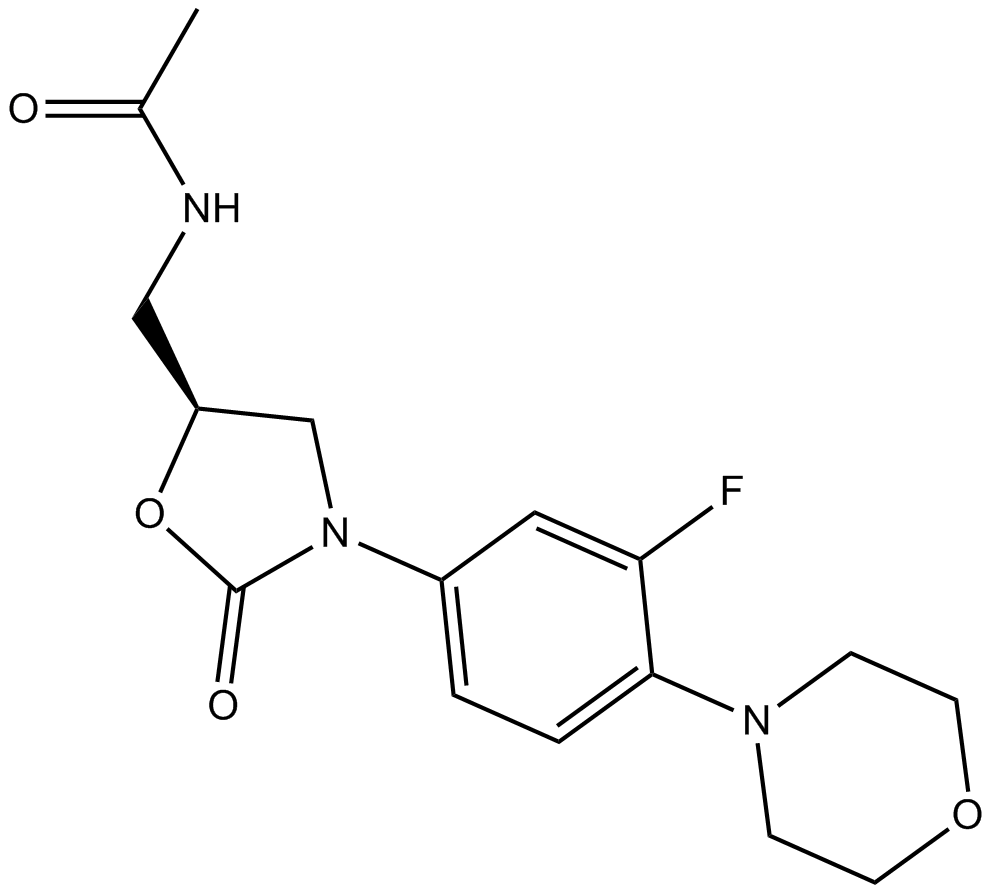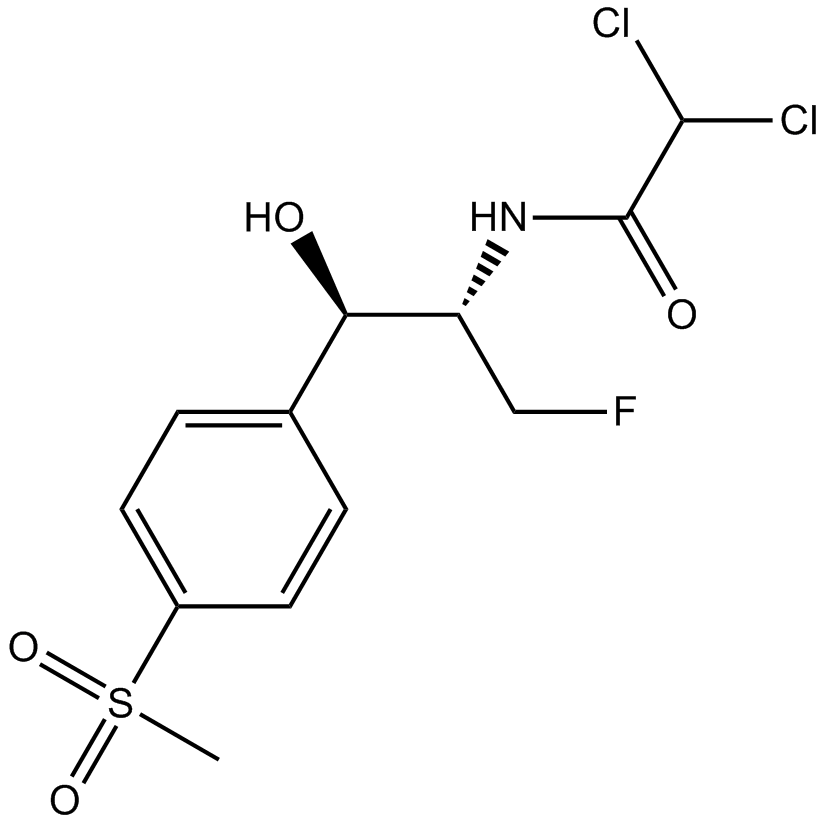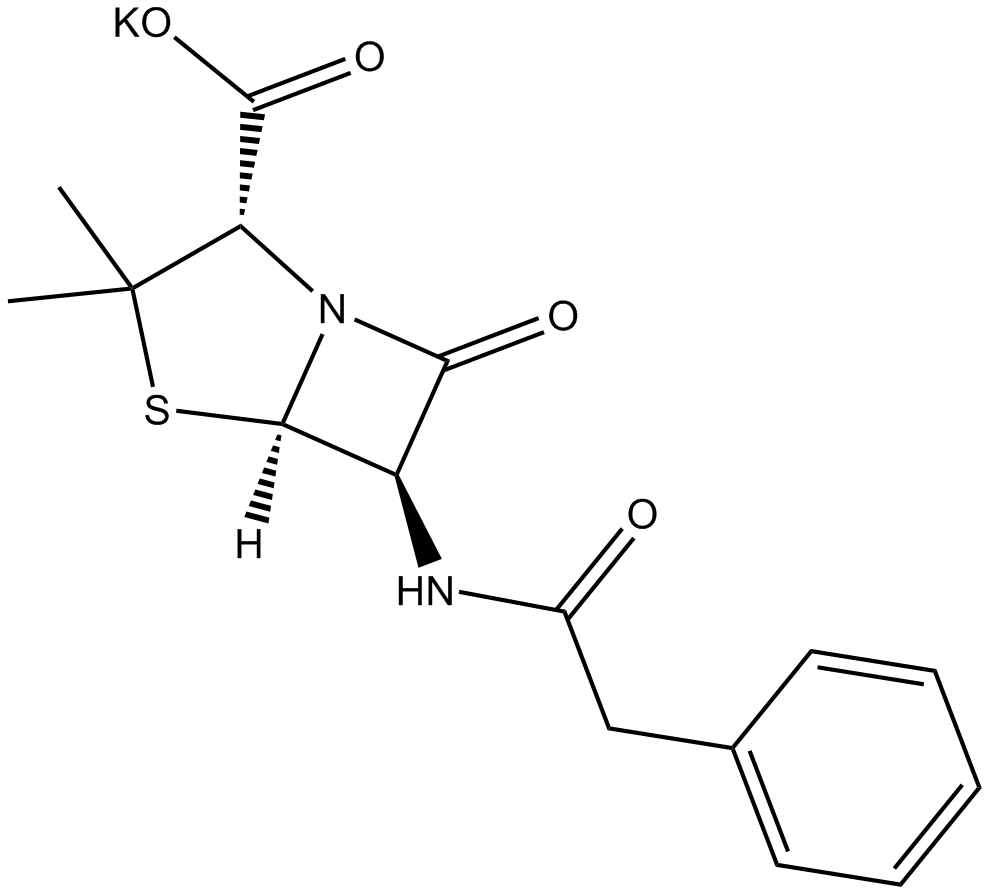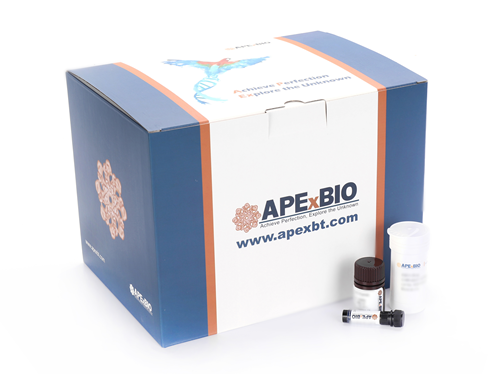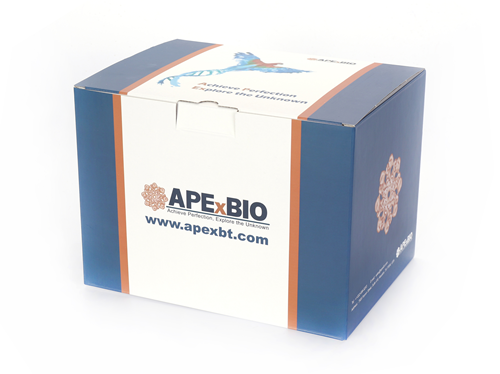Vancomycin hydrochloride
Vancomycin hydrochloride (CAS 1404-93-9) is a glycopeptide antibacterial agent, commonly employed in microbiological and drug resistance research due to its specific inhibitory activity. Its antibacterial function derives from the inhibition of bacterial cell wall synthesis through binding directly to D-alanyl-D-alanine terminal residues of peptidoglycan precursors, consequently disrupting cell-wall assembly in Gram-positive bacteria. Typically, vancomycin hydrochloride serves as a positive control in assays evaluating antibiotic resistance profiles, bacterial susceptibility tests, and screening studies related to novel glycopeptide-derivatives. Reported inhibitory concentrations (IC50) vary based on bacterial strains tested, generally ranging from approximately 0.5 μg/mL to 2.0 μg/mL under standard laboratory assay conditions.
| Physical Appearance | A solid |
| Storage | Store at -20°C |
| M.Wt | 1485.72 |
| Cas No. | 1404-93-9 |
| Formula | C66H76Cl3N9O24 |
| Solubility | ≥55.8 mg/mL in DMSO with gentle warming; insoluble in EtOH; ≥22.15 mg/mL in H2O |
| SDF | Download SDF |
| Shipping Condition | Small Molecules with Blue Ice, Modified Nucleotides with Dry Ice. |
| General tips | We do not recommend long-term storage for the solution, please use it up soon. |
| Animal experiment:[1] | |
|
Animal models |
C57BL/6 mice challenged with Clostridium difficile (C. difficile) strain VPI 10463 |
|
Dosage form |
20 mg/kg Once daily by oral gavage for 5 days |
|
Applications |
Vancomycin treatment of infected mice was associated with improved clinical, diarrhea, and histopathology scores and survival during treatment. However, after discontinuation of the drug, clinical scores and histopathology were worse in treated mice than in untreated infected controls. Decreasing the duration of vancomycin treatment from 5 days to 1 day decreased recurrence and deaths in C. difficile infection. |
|
Note |
The technical data provided above is for reference only. |
|
References: 1. Warren CA, van Opstal EJ, Riggins MS, et al. Vancomycin treatment's association with delayed intestinal tissue injury, clostridial overgrowth, and recurrence of Clostridium difficile infection in mice. Antimicrobial Agents and Chemotherapy, 2013, 57(2): 689-696. |
|
Quality Control & MSDS
- View current batch:
Chemical structure
